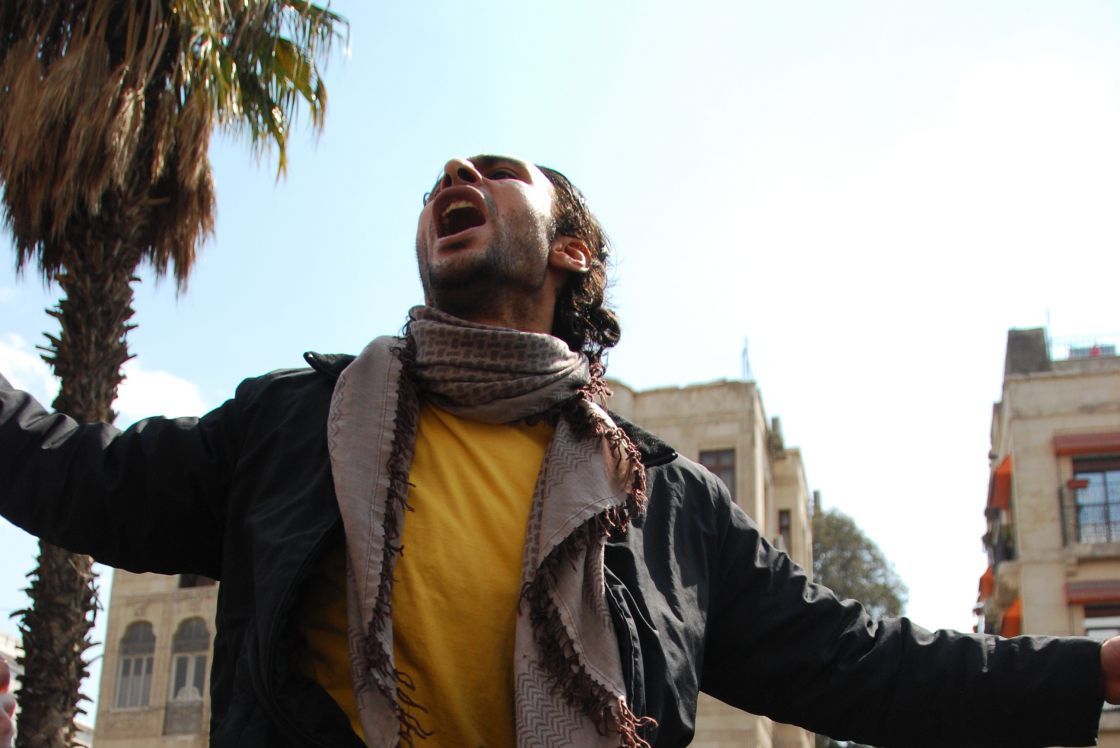- Editorials
- Posted
What State Model Is Required?
The debate has been getting more heated recently about the different perceptions for the new Syria. What this means with regards to the nature of the political system in Syria, and by implication the nature of the relationship among the three branches of government, as well as the question of the relationship between centralization and decentralization.
If the possibility of an upcoming meeting of the Constitutional Committee is among the immediate motivations for the current debate, then the continuous motivation is the necessity of a comprehensive and fundamental change based on the full implementation of UNSC Resolution 2254, in order to save the country and its people from the disastrous tense reality.
Regarding the general nature of the political system in the new Syria, opinions vary over a spectrum that stretches from presidential to parliamentary, passing through types that are a mix of the two, i.e. semi-presidential and semi-parliamentary.
The choice of the nature of the new system should proceed from a deep analysis of the Syrian specificity. Within this analysis, many basic points cannot be absent, the main ones of which are: 1) a country devastated by catastrophic proportions and in all fields; 2) the dangers of fragmentation are still present, on which the enemies are continuously working; 3) national issues that have been pending for decades, mainly the liberation of the occupied Syrian Golan, and other more recent ones.
Looking at these determinants might lead one to the highly centralized presidential option. On the other hand, the highly centralized presidential model has for decades exhausted its capabilities to push the country forward and has been a hindrance to development and progress. Mainly, such a model reflects a specific degree of development of production relations that has been outdated, and implicitly because it restricts the progress of society in the democratic sense, and suppresses the development of its political movement, which has become the reality since 2011 as a clear demonstration of its disastrous results.
A consideration of this nature may push towards the adoption of a highly decentralized parliamentary option. However, an examination that looks at the two extremes together, allows the production of a model that is specific for the new Syria, one that provides the necessary minimum to address the various major national tasks.
A model like this should take from the presidential model the traits that guarantee the unity of the country and its people, and the ability to confront the historic enemies of Syria, foremost among whom is the Zionist entity. At the same time, the model should take from the parliamentary model the horizons that it opens to the development of the political movement and thus allows the emergence of the new political shpere that provides for a true expression of the people, not like the old shpere that has been deceiving them for a long time.
Such a model should find an evolved formula for the relationship between centralization and decentralization. In the Syrian specifity, decentralization alone means “no state”, and centralization alone means “no people”.
A model like this, is a presidential-parliamentary model, with a sophisticated formula for the relationship between centralization and decentralization. It is a model that cannot be transformed into a reality without an election law based on proportionality in which Syria is a single district. Otherwise, the political life in the country will remain governed by the authority of the state apparatus and the authority of the money forces, and the bargaining of subnational affiliations. Ultimately, these two cooperating authorities have made clear, by way of example, the tragedies that they can bring on the people, whether in terms of the livelihood, security, democracy, or cultural aspects, and even reaching the general national level.
Kassioun Editorial, Issue no. 975, July 20, 2020


